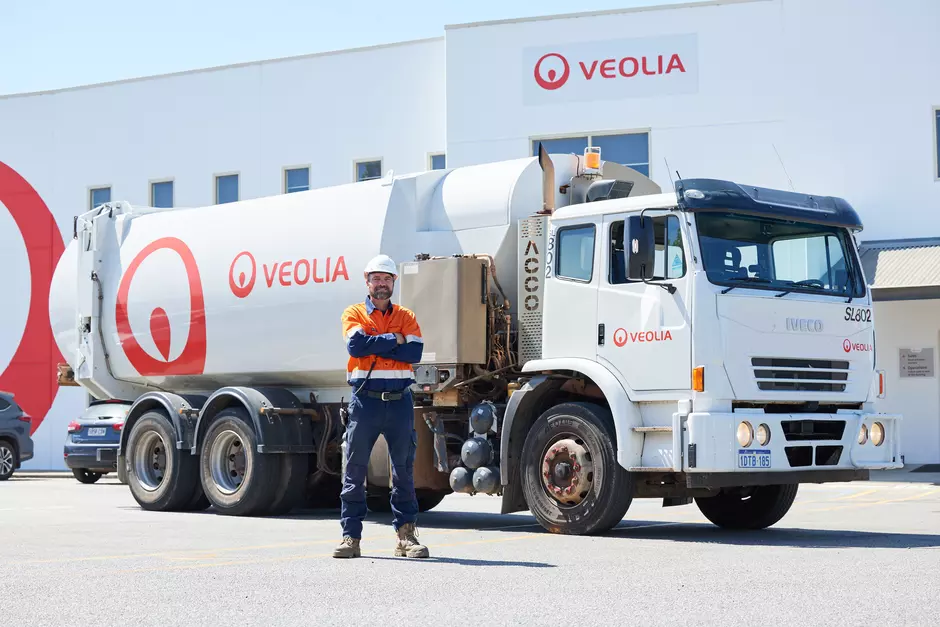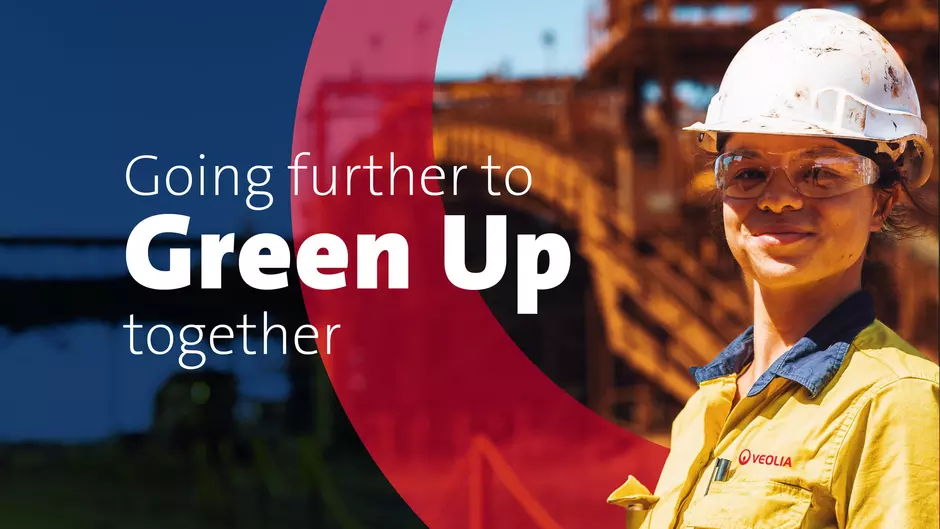Veolia has substantially progressed an agreement with Macquarie Point Development Corporation (MPDC) to deliver a high-tech energy network that will provide renewable electricity and a next generation thermal energy plant.
The company is now performing a detailed site-specific design process to incorporate innovations that provide strong sustainability and economic outcomes.
The thermal energy plant planned for the site is so efficient that it is able to convert up to 10 times the electricity it uses into thermal energy for heating and cooling the precinct. This efficiency is improved even further through advanced heat recovery technologies. At its peak the proposed plant can instantaneously produce 16MW of energy to cool and heat the entire precinct during major events even when experiencing the extremes of summer and winter.
The entire precinct is an exemplar of Veolia’s global GreenUp strategy that aims to decarbonise, depollute and regenerate our natural resources in a way that delivers strong economic and environmental benefits.
“This proposal makes the most of Veolia’s global expertise in energy, sustainability, and ecological transformation to create a precinct that takes energy efficiency to the next level,” said Veolia ANZ Chief Operating Officer of Energy and Industrials, Grant Winn.
“Our proposal employs multiple local renewable power and energy sources like solar panels, heat pumps, and world leading heat exchange technology to capture renewable energy and waste heat. These are all controlled by smart networks that provide energy and temperature control to wherever it is needed across the precinct.”
A key part of the precinct’s energy and temperature control plan is the use of heat exchange technologies. These technologies reduce the need to use electricity from the grid to heat or cool large spaces by capturing, storing and then distributing latent energy across the entire area.
For instance wastewater is often slightly warmer than the air around it, so this excess heat can be captured by heat exchange systems and stored or distributed immediately through the precinct. This excess heat can also be captured from data centers, supermarkets or any other location where there is a temperature difference.
“One of the intriguing features of the Macquarie Point development is the use of seawater, which we pump in pipes through the precinct and then back to the River Derwent," Mr Winn said.
“Seawater is always at a different temperature to the surrounding air, so it is an ideal agent to cool the precinct in summer and heat it in winter through the heat exchange systems. On the hottest days we would pump through 4000 cubic metres of seawater an hour ― the equivalent of 1.6 Olympic swimming pools ― to cool the precinct. During that process the seawater becomes warmer before returning harmlessly to the river with no adverse effects to the environment.”
This range of efficiency improving technologies combined with solar panels on every building and battery storage, reduces the need for electricity from the grid, even capturing enough electricity to distribute to 100 electric vehicle chargers onsite.
There is no doubt the Stadium and the greater Macquarie Point precinct are significant pieces of infrastructure in their own right that will contribute to the urban renewal of Hobart within the 30 year Greater Hobart Plan, but they also set a new standard for sustainability and renewable energy in Australia.
MPDC’s Chief Operating Officer, Greg Cooper, acknowledged the project’s significance: "Partnering with Veolia ANZ on this energy infrastructure project is an important milestone for Macquarie Point. This collaboration supports our vision for a sustainable and energy-efficient precinct, aligning with our goals for innovative urban renewal and long-term community benefit," Mr Cooper said.
For All Media Enquiries Please Click the Link Below
Skye McParland, Head of Communications and Public Relations





